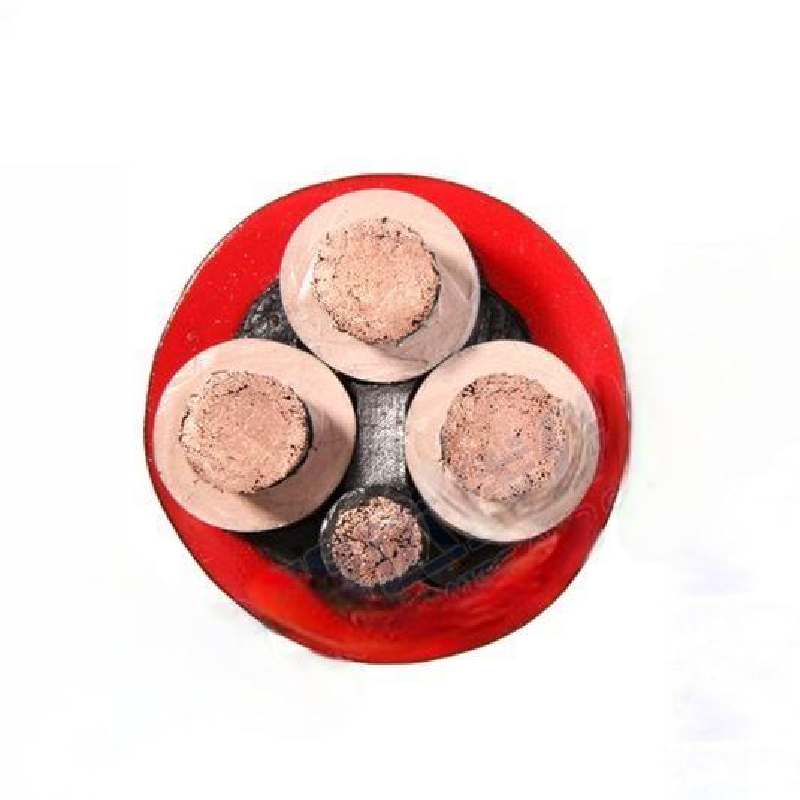Nov . 13, 2024 13:09 Back to list
pneumatic ball valve
Understanding Pneumatic Ball Valves Function, Types, and Applications
Pneumatic ball valves are vital components utilized in numerous industrial applications, providing efficient control over the flow of gases and liquids. Their unique design features a spherical disc, or ball, that allows for quick and reliable shut-off, making them an essential tool in systems that require precise flow regulation.
Functionality of Pneumatic Ball Valves
At the heart of the pneumatic ball valve is the valve ball, which has a hole or a port through its center. When the valve is in the open position, the ball rotates to allow fluid to flow through the pipeline. Conversely, turning the ball 90 degrees shifts it to the closed position, effectively blocking the flow. This quick operation ensures minimal pressure loss and is especially beneficial in applications requiring frequent changes in flow direction.
Pneumatic actuation is used to operate these valves, making them ideal for environments that require automation or remote control. A pneumatic actuator converts compressed air into mechanical motion, facilitating the opening or closing of the ball valve. This system allows for rapid operation, which is crucial in many industrial settings where time efficiency is paramount.
Types of Pneumatic Ball Valves
Pneumatic ball valves come in several variations, each designed to meet specific needs. The most common types include
1. Two-Way Ball Valves These valves have two ports and are used to either allow or block the flow of fluid. They are the simplest form of ball valves and can be operated manually or automatically.
pneumatic ball valve

2. Three-Way Ball Valves Equipped with three ports, these valves can divert flow between two different paths. They are essential in applications requiring mixing or splitting of media.
3. Floating Ball Valves In this design, the ball is not rigidly fixed and floats to seal against the seat. This configuration is advantageous as it allows for better sealing performance, especially under varying pressure conditions.
Applications of Pneumatic Ball Valves
The versatility of pneumatic ball valves makes them suitable for various applications across multiple industries. They are commonly found in chemical processing, oil and gas, water treatment, and HVAC systems. In chemical processes, for instance, the corrosion resistance of the valve materials is crucial, ensuring safe handling of aggressive substances.
Moreover, pneumatic ball valves are favored in systems requiring fast actuation and reliable sealing. Their ability to operate under high pressures and temperatures adds to their appeal, allowing for efficient control in demanding environments.
Conclusion
In summary, pneumatic ball valves play a significant role in modern industrial systems. Their fast response time, ease of automation, and ability to regulate flow make them indispensable tools for engineers and operators alike. As industries continue to evolve, the reliance on such resilient and effective components is likely to grow, highlighting the importance of pneumatic ball valves in ensuring operational efficiency and safety. Whether in manufacturing, energy, or water management, these valves are set to remain at the forefront of fluid control technology.
Share